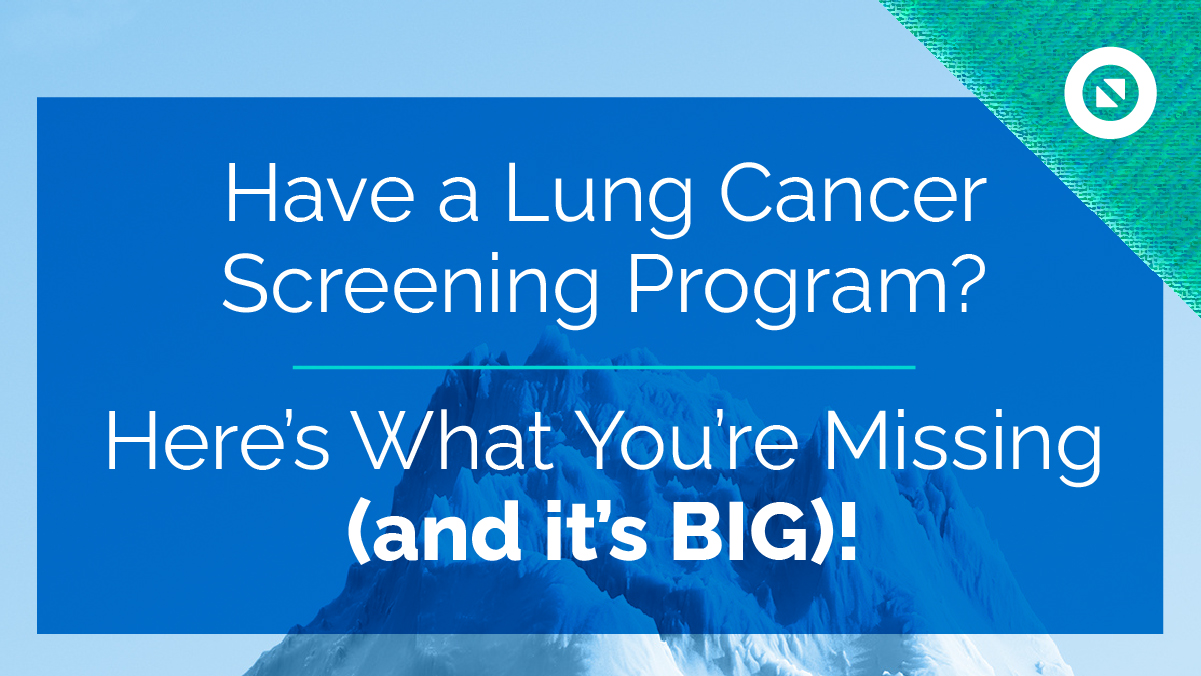

According to the 2022 “State of Lung Cancer” report (1), someone is diagnosed with lung cancer every 2 ½ minutes, and 356 lung cancer patients die every day. Lung cancer has one the lowest 5 year survival rates – 25% – despite significant improvement in treatments. This is in great part due to late stage diagnosis. Forty-four percent of cases are diagnosed at a late stage, where survival is only 7%. And only 5.8% of high risk individuals are screened.
If you are thinking about starting or have already started a lung cancer screening (LCS) program, that should be applauded. The goal is to diagnose lung cancer while it’s still potentially curable. So screening high risk patients – to find nodules that may be cancerous or evolve into lung cancer – makes perfect sense.